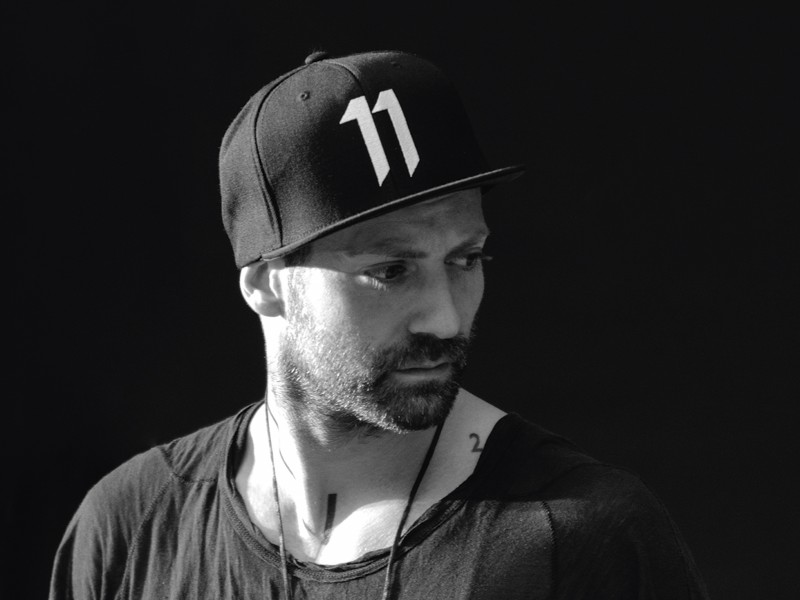“Drop in like a pin.” The words come from my friend, who stands beside me on the cliff. Rocks, scrub, dried mud. “There’s no other way down,” he says. The quarry water is brown, darker than everything except the sky. I wonder how many car wrecks are under me? How many crags? I have been tricked into jumping, I know it. But I also know I must.
I fidget. Pace. Sigh. I have to do this.
I leap, yelling curses 20 metres down. In my haste I forget his words and hit the water back first. I say water, but it feels like no liquid I’ve ever known. More like hard bones against my own; more like a punch, a tackle. For a while I cannot breathe, cannot feel my legs. My friend laughs. Now, I do too—but with regret.
The word for my adolescent idiocy is foolhardiness. As it suggests, the word describes boldness—but with a hint of stupidity. In his Nicomachean Ethics, Aristotle defined foolhardiness as facing fear, not because one recognises its dangers, but because they don’t. I deny or trivialise the threat. I hurry in, without forethought. It looks like bravery, because the peril is confronted. But it is actually rash, without courage’s calm determination to do the right thing.
Aristotle rated foolhardiness more highly than cowardice—it sometimes got the job done in skirmishes. (For him, martial bravery was exemplary.) But it was still a vice, and rightly so: a reckless general might win a battle, or he might rush into an ambush and get his troops massacred.
Likewise, a reckless teenager might seem courageous—but risk paralysis. What I’ve learned since then is that some circumstances do ask for a little foolhardiness, because some things simply can’t be resolved with steady, clear foresight.
Art often outstrips courage. Part of what makes art frightening (though also exciting) is the utter ignorance one feels before beginning. I genuinely don’t know what the finished work will be. This is what Keats called “negative capability”, and saw as vital for being what he called a “Man of Achievement”, especially in literature. The creator must be “capable of being in uncertainties, mysteries, doubts,” he wrote in a famous letter to his brothers, “without any irritable reaching after fact and reason”.
The philosopher R.G. Collingwood argued in The Principles of Art, what distinguishes art from craft is that the latter has a definite outcome: chairs for sitting, comedy for amusing, erotica for arousing. Art can include these things, but only as part of something unpredictable and unprecedented. The artist takes the vague flux of life and transforms it into something she can perceive anew.
In fact, that something is an artwork at all can be shocking. As philosopher Arthur Danto noted in his article The Artworld, creating art is as much a social endeavor as an aesthetic one. Before Duchamp, the infamous ‘Fountain’ was merely a urinal. But the French artist exhibited it as art, and eventually much of the arts community recognised it as such. It ceased to be a thing of utility and became, as Danto put it, “about something”. It is now a canonical object, to which generations of artists have responded.
Put another way, art must involve the unknown: if our experience were already firm, vivid and intricate, we wouldn’t need art. And our categories of art are constantly changing, to keep up with new offerings. Artists themselves often struggle to reconsider the boundaries of their vocation. Radical novelty is part of the brief. But this means that the artist cannot be brave in the Aristotelian sense, as she doesn’t know what she’ll be confronting. Discomfiting memories, aesthetic shocks, thematic ambiguities, intellectual contradictions—they can ask for no small amount of pluck. And the only way to confront them is as they arise—as she makes them rise.
Another rightful cause of foolhardiness is love. Not necessarily because it prompts manic passion—the madness celebrated by poets and pop stars alike. Love asks for recklessness because coupling is another kind of profound newness. As Julian Barnes wrote in his magnificent Levels of Life: “You put together two things that have not been put together before. And the world is changed.”
Related Features
-
158
-
-
-

